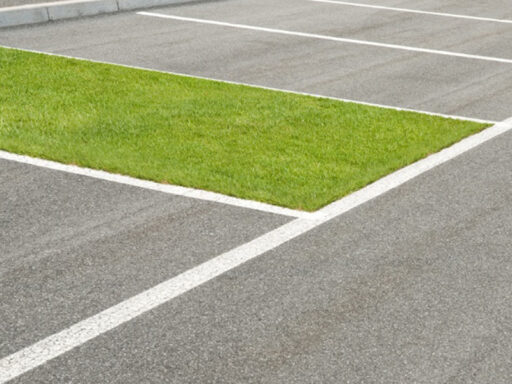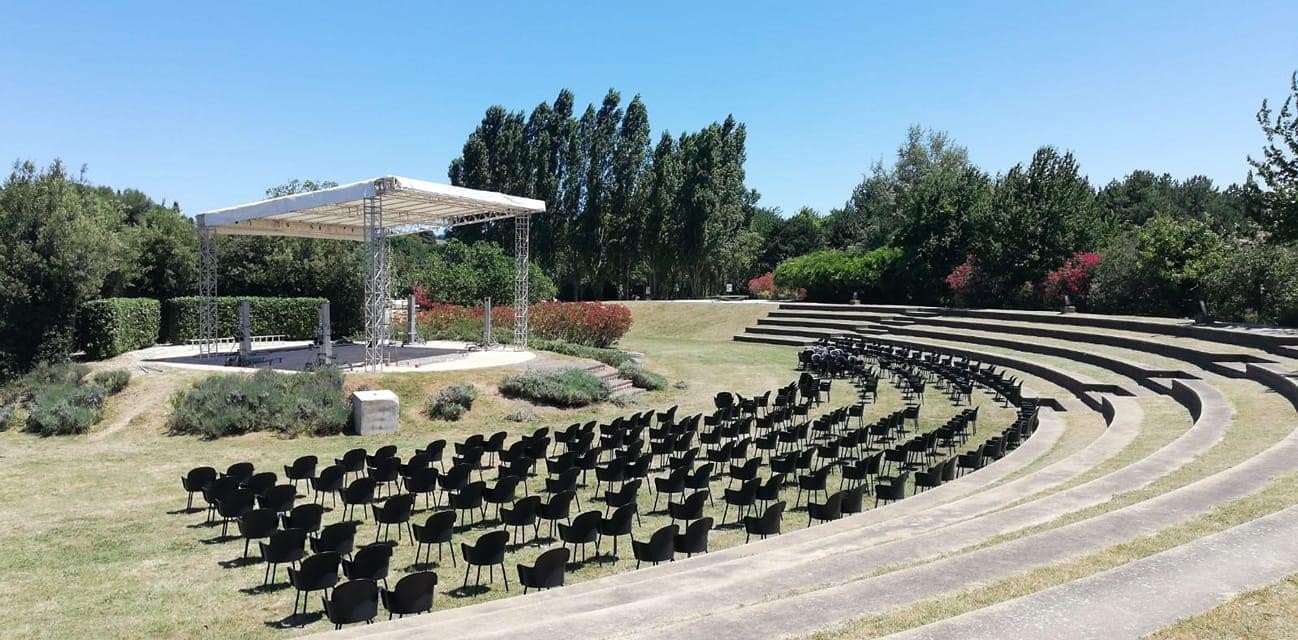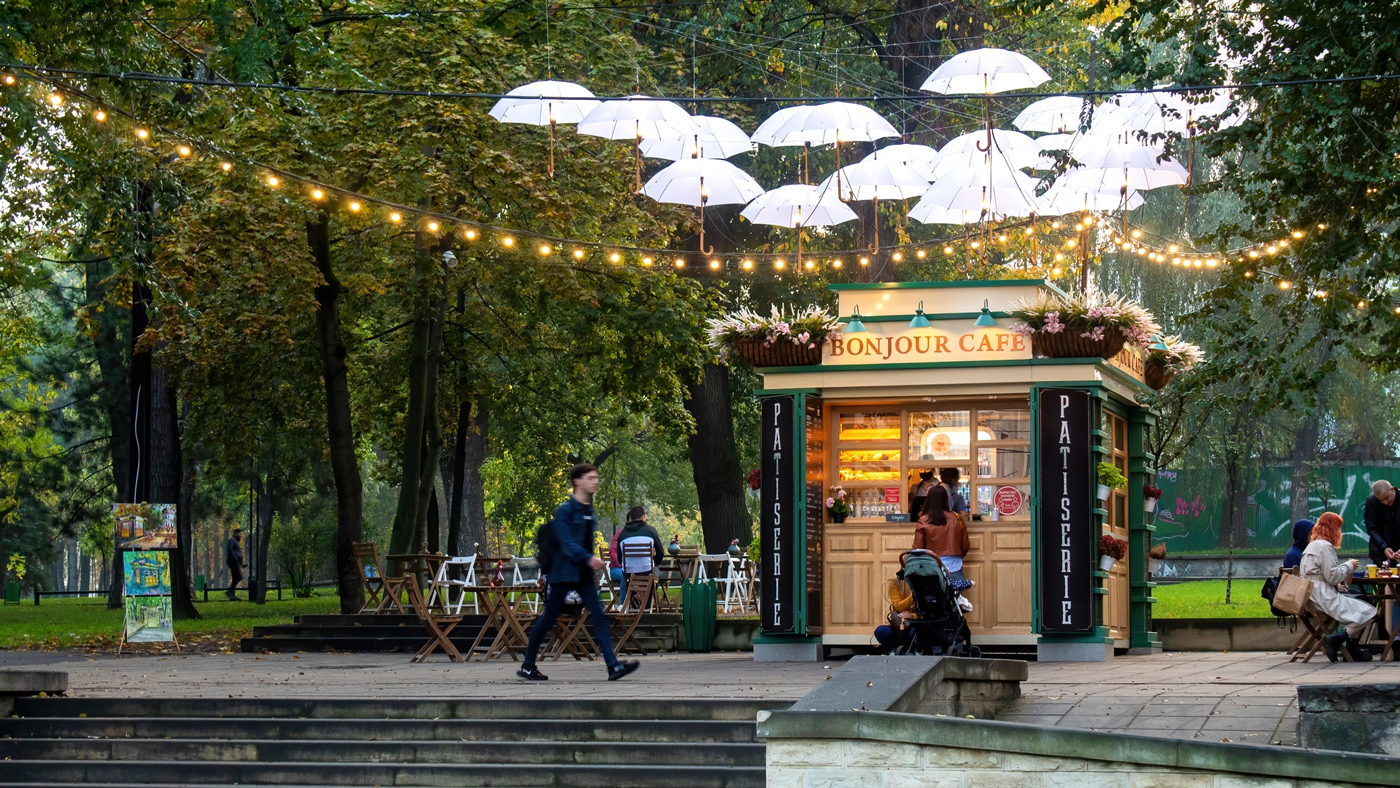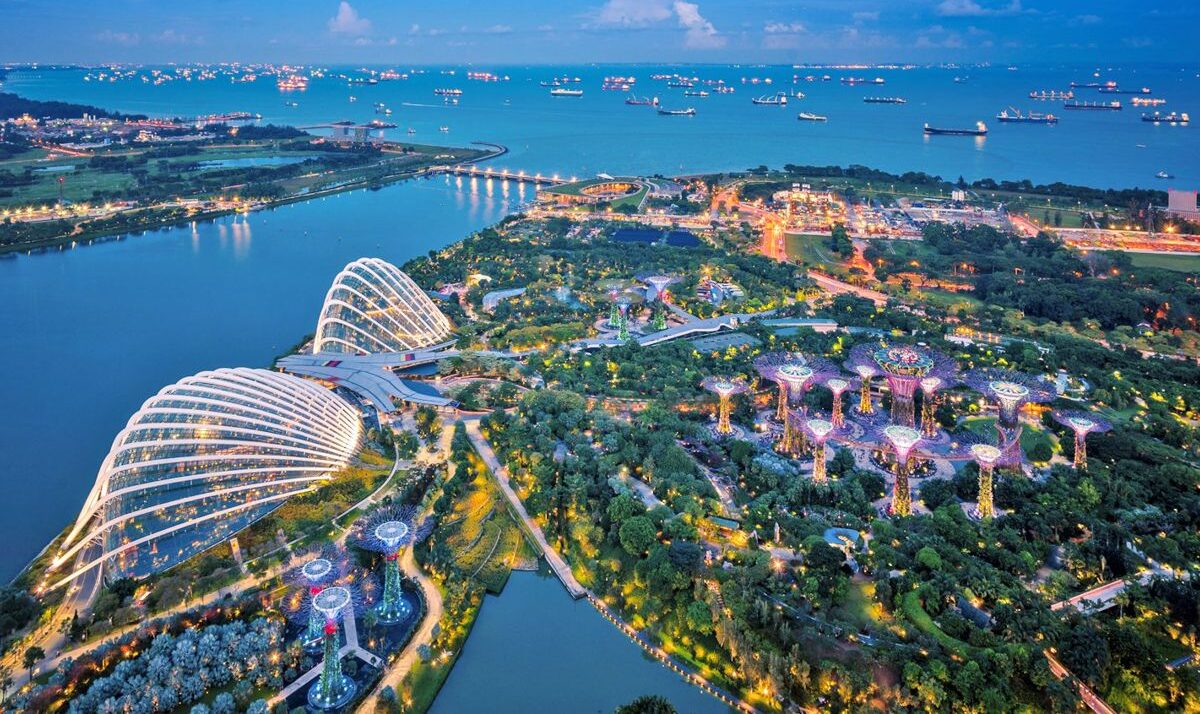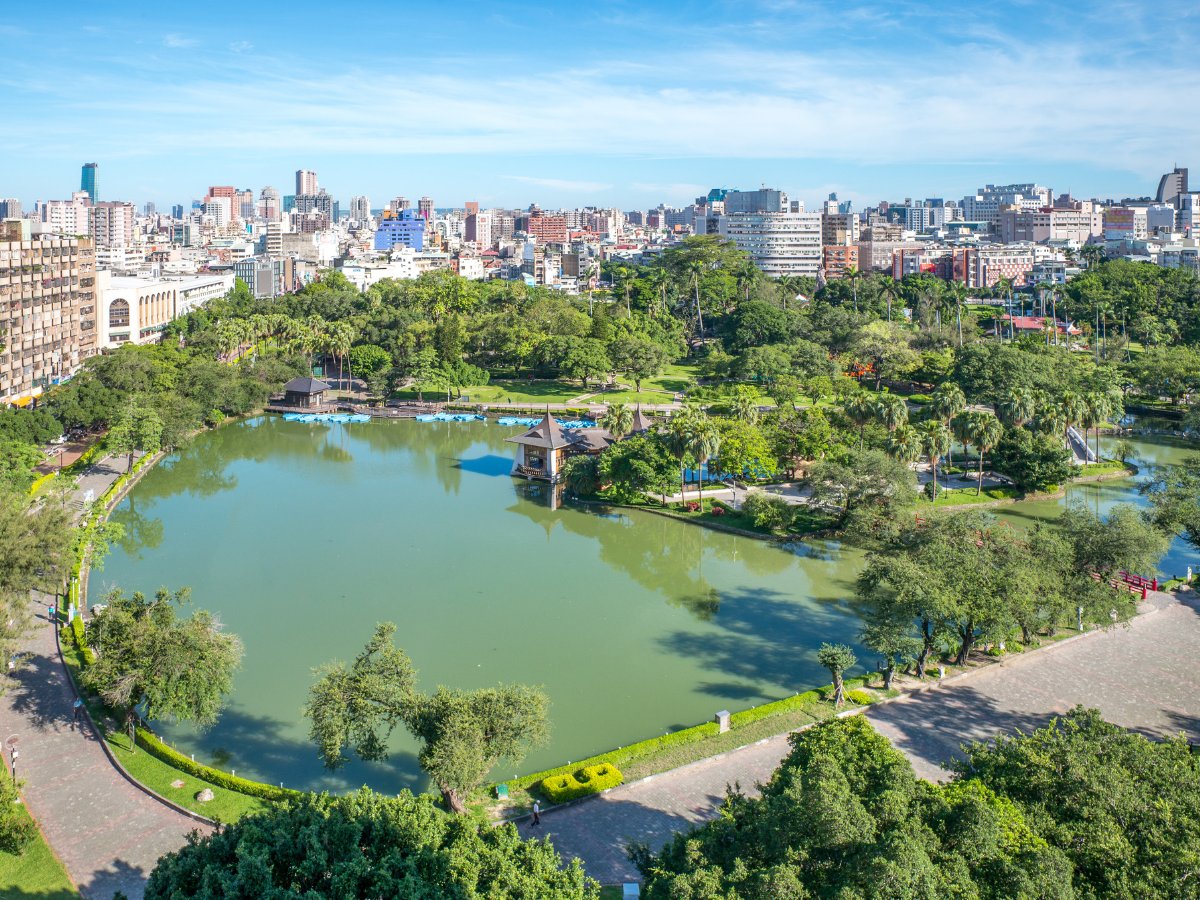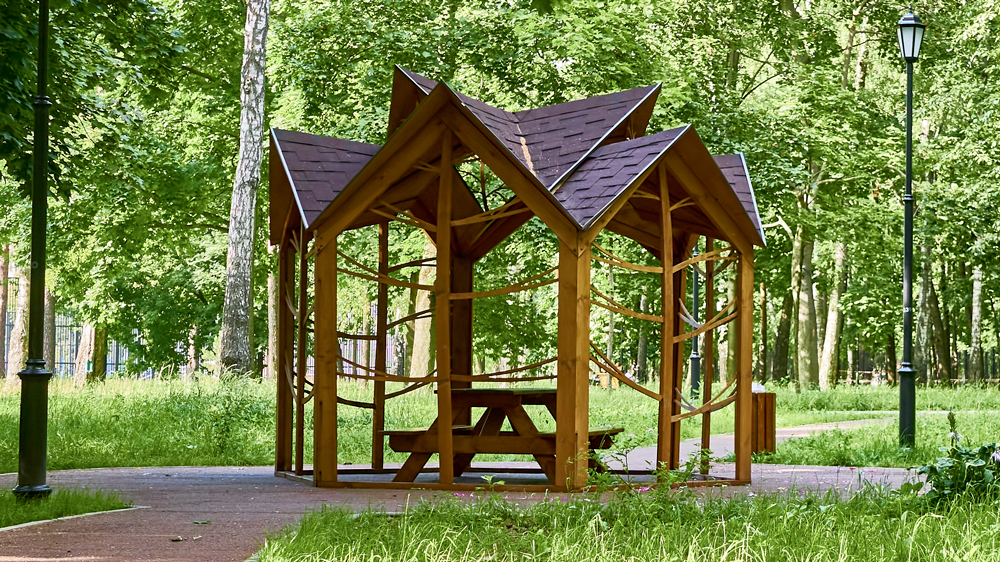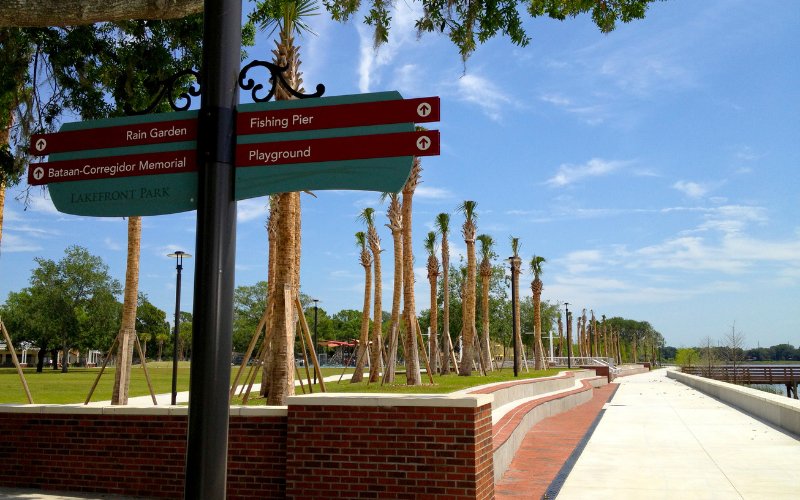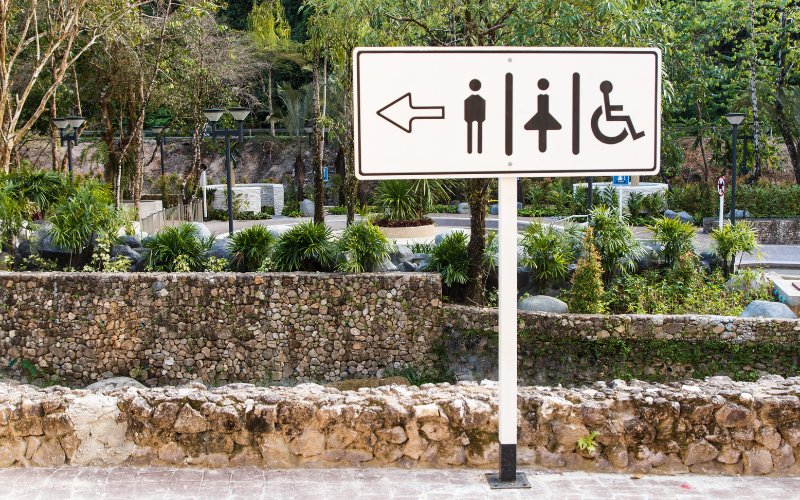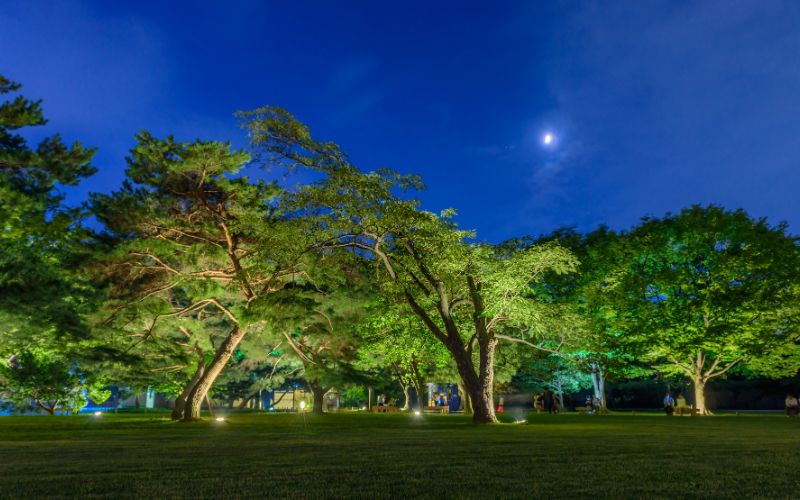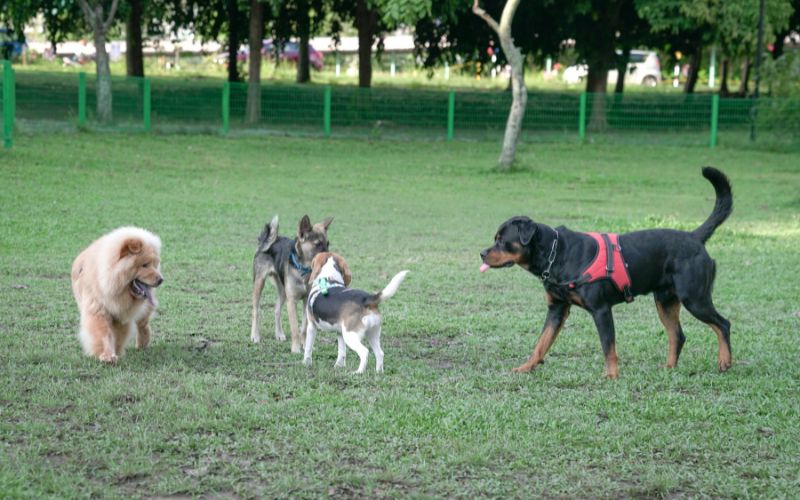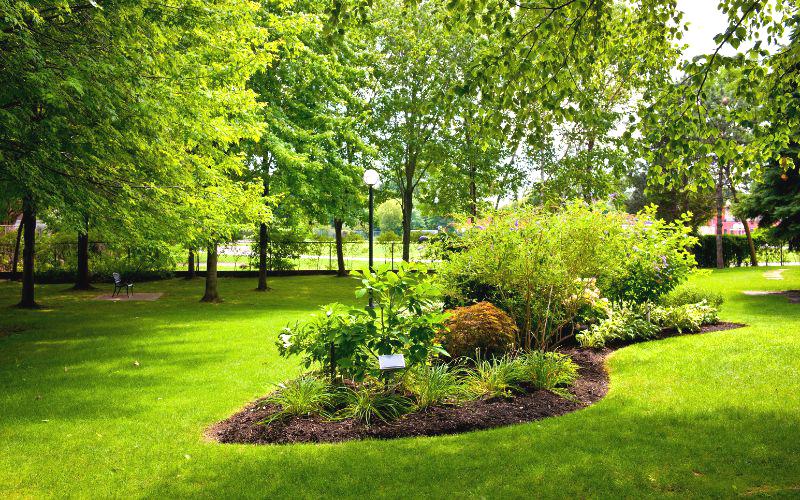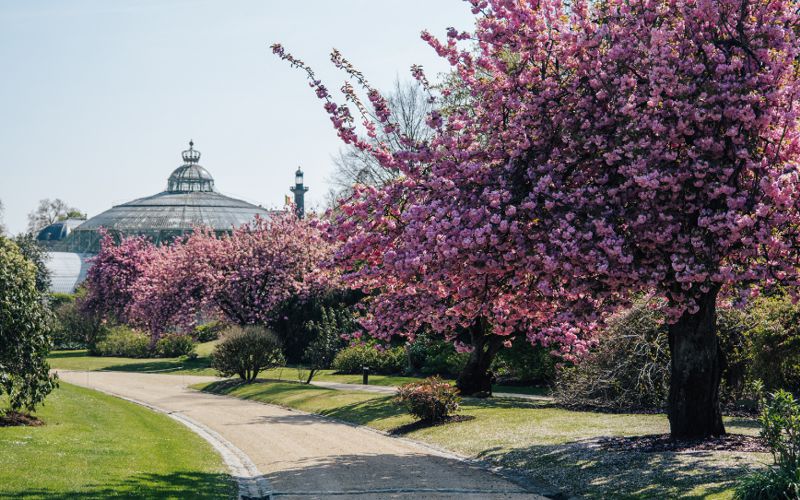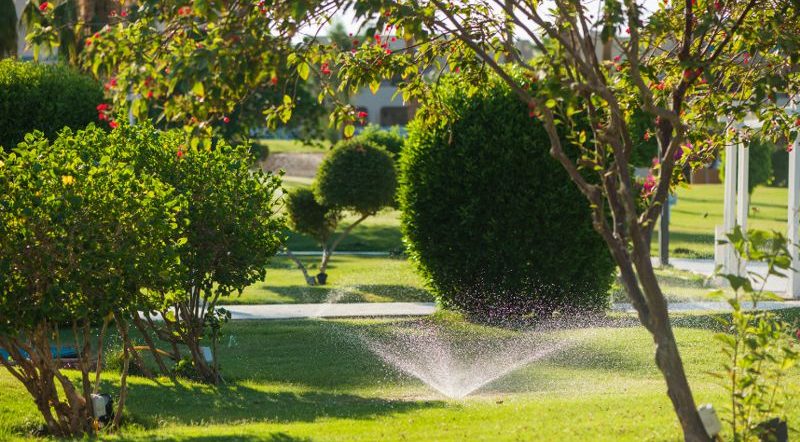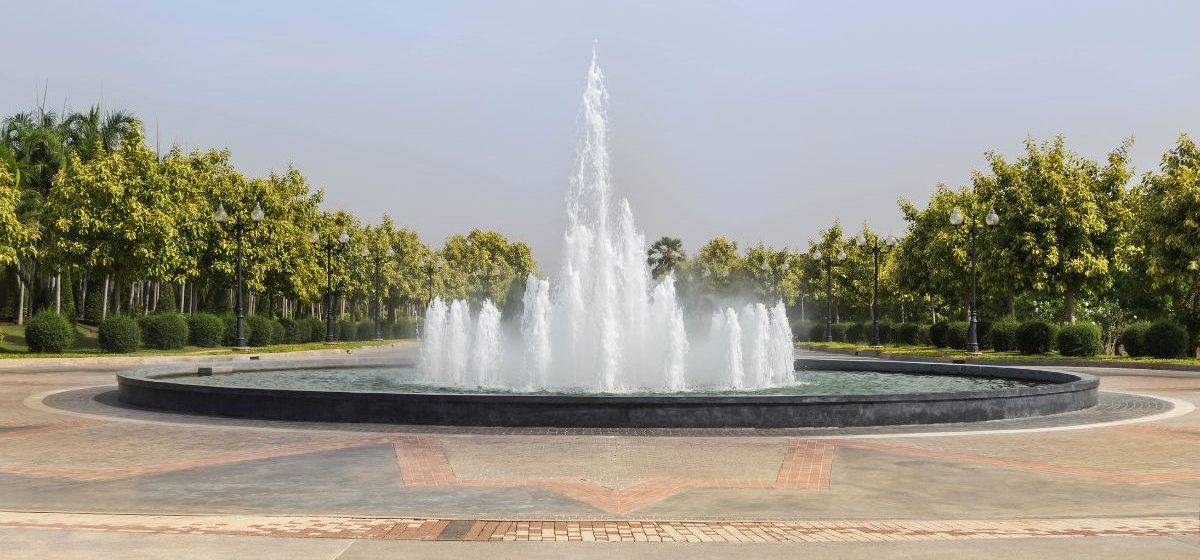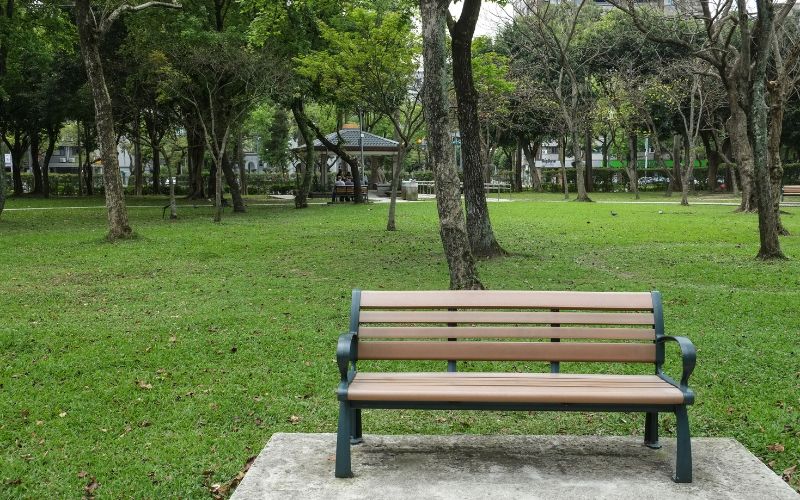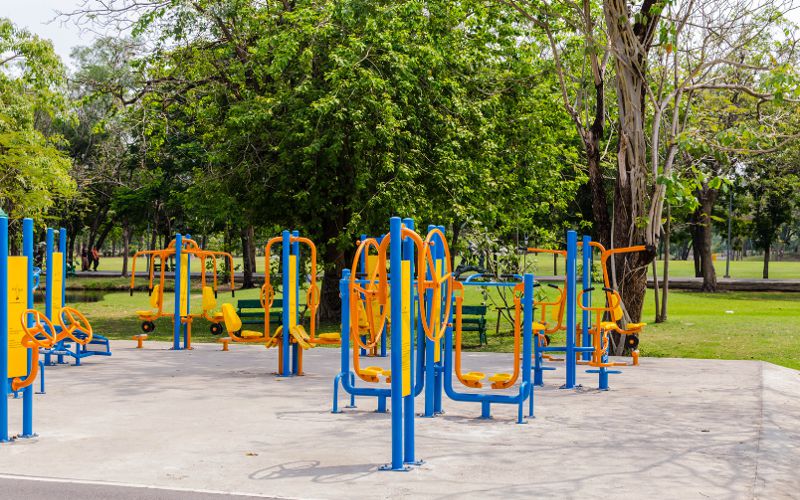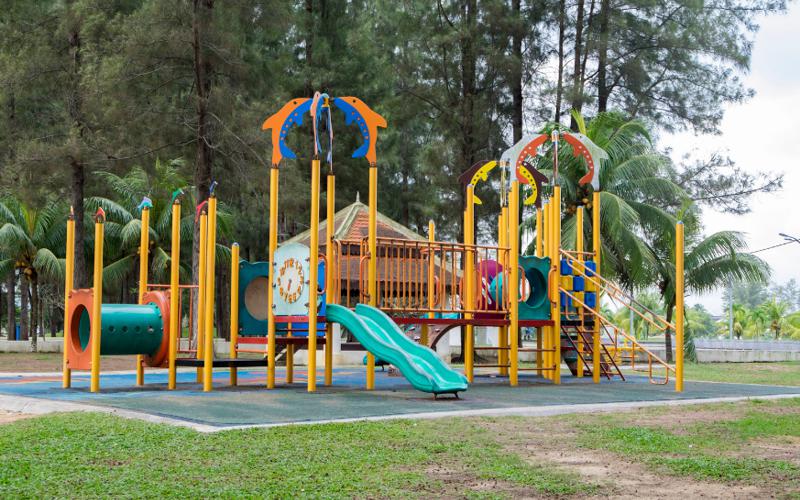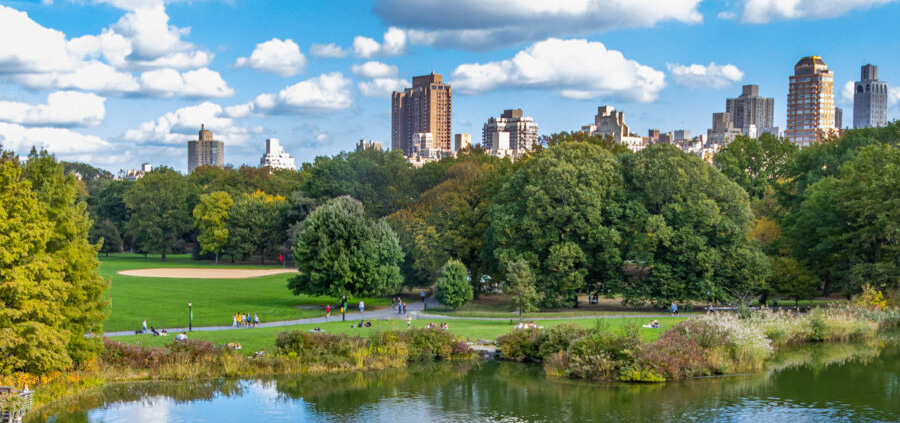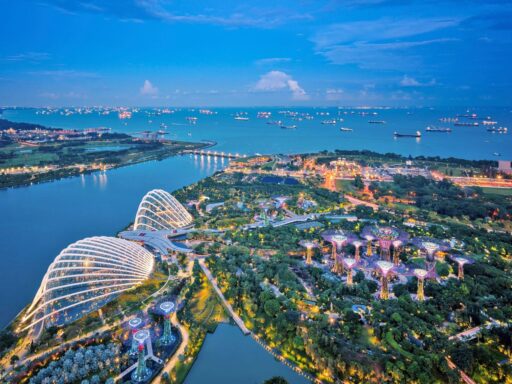Features, functionality, types, and planning
Urban parks
In the context of the contemporary urban landscape, parks and public gardens play a fundamental role in the connection between man and the now almost lost natural element.
Both are called upon to respond to similar needs (play, leisure, recreation, sports), they must be easily reachable from the entire urban fabric and must guarantee easy accessibility for all. However, there are some aspects that differentiate the urban park from the neighborhood garden, first of all the size: we start talking about an urban park starting from 10,000 m2 of surface area, while below this value we talk about a garden.
The very large urban park is often located on the edge of the city and fulfills a hygienic-recreational function. Thanks to its generous dimensions, there are many activities that can be placed there; these are real functional areas structured according to standard schemes and rules. The lawn solution is the predominant one as it is easy to maintain, and is aimed at highlighting the vastness of the whole.
If the park is located in areas affected by suburban expansion, you could find areas used as vegetable gardens and spaces that recreate specific natural habitats, in order to develop and protect animal species that contribute to ecosystem balance.
It is possible to classify parks into:
URBAN → medium size, formal appearance, recreational activities
SUBWAYS → large size, large turnout of users
OF METROPOLITAN BELT → ecological protection, agricultural activities
Generally speaking, it can be noted that a greater presence of the vegetal component corresponds to a lower design intensity of the architectural component.
Today they fulfill an important social function as they can be used on a daily basis by the inhabitants of the neighborhood who consider them a point of reference and a meeting point on holidays.
The design of these spaces requires attention, below are some small design measures:
- correct placement of shrubs ensures the alternation of shaded and sunny areas;
- the choice of plant species can be varied but must involve undemanding maintenance;
- native species are to be preferred;
- the alternation of green areas and paved and equipped spaces guarantees the easy carrying out of recreational and sporting activities and moments of rest;
- the absence of architectural barriers must be guaranteed unconditionally from the early planning stages, so as to also allow access to people with disabilities.
Outdoor theater in parks and gardens
Refreshment point in parks and gardens
Role, functions and characteristics
Famous urban parks
The 10 most beautiful urban parks in the world
Artificial pond for gardens and parks
Comparison between classic system and biolake
Gazebo for parks and urban gardens
Features - Functions - Design
Signage in public parks and gardens
Signage in public parks and gardens. Features, functions, design and regulations
Toilets in parks and gardens
Caratteristiche, funzioni, normativa di riferimento
Lighting parks and public gardens
Characteristics, functions and types of light points
Adult play area in urban public parks
Features, functions, activities
Dog area in urban public park
Key elements to create a functional and welcoming dog area
Green areas in urban parks
Design guidelines
Paths in urban parks
Design guide
Urban park irrigation
Design guidelines
Fountains and water features for parks
Functions - Design considerations - Types - Regulations and permits - Maintenance
Urban furniture for parks and gardens
The importance of well-designed street furniture to enhance public parks - Types of furniture and sustainable options
Fitness areas in urban parks
Design guidelines
Children’s play area: guidelines
Design and regulations
Urban public park
Definitions - Functions - Regulations and design
- 1
- 2







